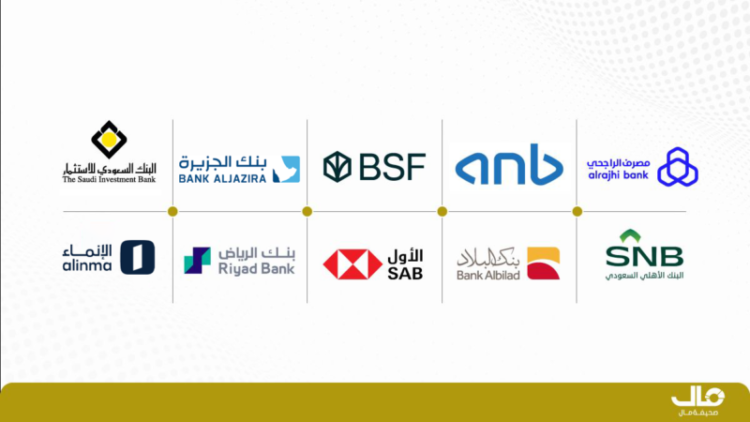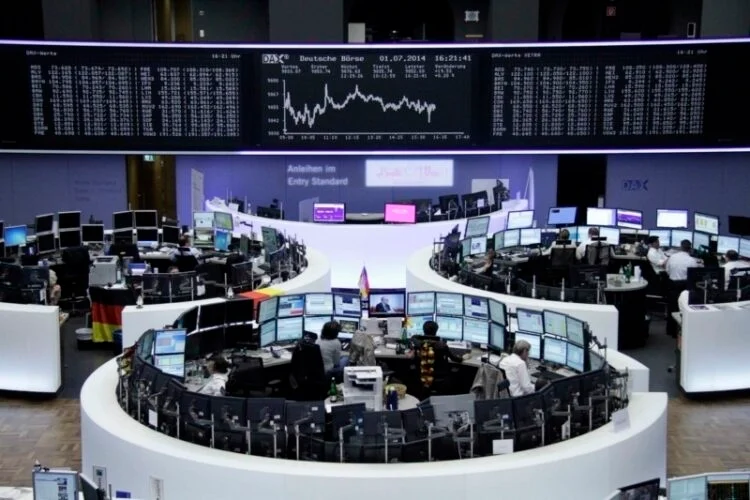Publisher: Maaal International Media Company
License: 465734
Average solvency ratio of Saudi banks reaches 19.1% by the end of the first quarter of 2025
Financial data for Saudi banks listed on the Saudi Stock Exchange showed that the average capital adequacy ratio (core and supplementary) reached approximately 19.1% by the end of the first quarter of 2025, compared to 19.3% at the end of the corresponding quarter of 2024 on an annual basis, and compared to 19.2% in the previous quarter (fourth quarter of 2024).
Saudi banks’ solvency ratios are among the highest in the world, exceeding the capital adequacy ratios required by Basel III standards. This reflects the Saudi banking sector’s strong capitalization and high solvency, contributing to the stability of the banking system, the protection of depositors, and the stability of the financial system in general. Three listed banks increased their capital adequacy ratios in the first quarter of 2025 compared to the same quarter of 2024. Banque Saudi Fransi led the way in terms of growth, increasing its capital adequacy ratio by 107 basis points to 20.15%, compared to 19.08%. Bank Albilad followed, adding 80 basis points to 18.58%, compared to 17.78%. Al Rajhi Bank topped the banking sector in terms of solvency, at 20.64%, compared to 20.20% in the same quarter of 2024, adding 44 basis points. Banque Saudi Fransi followed, followed by Arab National Bank, at 19.77%. Among the listed banks that recorded the largest decline in capital adequacy ratios, Riyad Bank lost 182 basis points, bringing its solvency ratio down to 17.5% from 19.3%. Alinma Bank was preceded by a 100 basis point decline, falling to 18% from 19%.
The Saudi Central Bank requires banks to maintain a minimum regulatory capital ratio of 10.5% to risk-weighted assets, which includes additional provisions as required by the Basel Committee on Banking Supervision.
اقرأ المزيد
Tier 1 capital generally consists of shareholders’ equity, which includes capital, reserves, and retained earnings. Tier 2 capital also includes bond and sukuk issuances, and long-term loans, which banks obtain to support Tier 2 capital.








